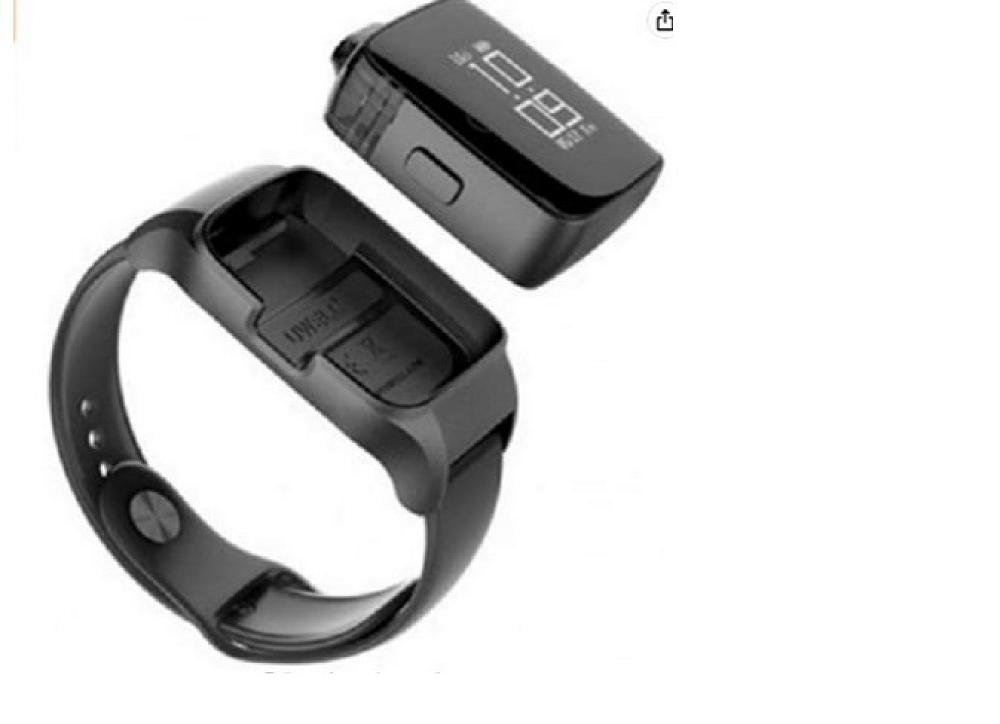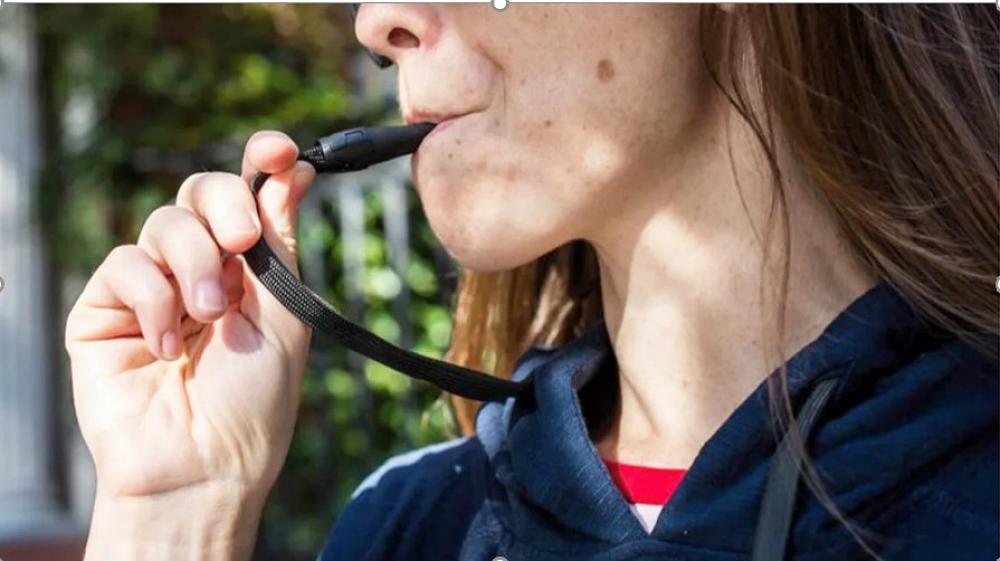
Teens and Vaping
E-cigarettes or vaporizers (vapes) were invented in the early 2000s by the Chinese Pharmacist Hon Lik following the death of his Father to lung cancer. The first- generation devices looked like cigarettes and were geared towards smokers to help them give up. Vaping was introduced in New Zealand as a cessation tool for smokers.
Twenty years later a global industry has developed that is marketing towards young people, often suggesting that vaporizers are ‘harmless’ little machines in young people’s pockets that make them feel good – as soon as they have to quit it becomes apparent that it is a lot more sinister than that . A health crisis is facing our teens and the long term effects of e-cigarettes are not yet fully understood. Vaping is becoming an epidemic with many young people addicted to vaping and the growing emergence of EVALI (E-cigarette, or Vaping, product use Associated Lung Injury)
Marketing combined with extending the range of products is increasingly targeting rangatahi and a growing number of teens who have never considered smoking are now taking up this habit.
Many nicotine based vape juice varieties sound more like a healthy snack than a viscous liquid that is used to deliver nicotine with names such as Green Apple, Hopscotch, Strawberry Burst, Vanilla Custard, Bubblegum, Donuts and Watermelon Ice.
Just like cigarettes, e-cigarettes are nicotine delivery devices and young people are being enticed often through peer pressure to take up vaping as previous generations picked up smoking. In contrast to cigarettes, vaporizers deliver a huge amount of nicotine through continuous puff dosage, and some young people are increasingly using these products continuously. Daily e-cigarette use (vaping) among young people increased between 2019/20 and 2020/21, from 4% to 12% (14% among rangatahi Māori). In 2020/21, 58% of young people aged 18-24 years and 32% aged 15-17 years had tried e- cigarettes.[1]
Many sites are advertising “Stealth vaping” which is the act of vaping in a discreet manner using small vapes that generate smaller plumes of vapor with the exhaled-puff barely visible. Zero vaping is a type of stealth vaping where the user takes ‘a hit’ but exhales no vapor.
Furthermore, parents may not recognise the products as the design changes so quickly. If you would find a pack of cigarettes in your kids room you would know exactly what it was.
There are vaping devices that look like smartwatches, there are some that look like pens or memory sticks and some even look like asthma inhalers The idea that an entire industry is creating vaping devices that can be hidden from adults.
The latest generation of stealth vaping devices currently being used include :
Smartwatch vaporizers

Hoodies
Vape hoodies have specially designed tubed drawstrings where vaping devices can be inserted.

Asthma inhaler lookalikes
The ‘Puffit’ looks exactly like an ordinary, everyday asthma inhaler, but has the complete functionality of a vaporizer.

Vaping and the Law
NZ law requires the buildings and grounds of schools to be smokefree and vape free. The law was established in 2020 to protect the health of young people. Whilst the long term effects of vaping are not yet clear, vaping is known to be linked to many serious health issues. Vaping is likely to result in nicotine addiction.
At King’s we will enforce this legal requirement and will do so in order to protect the health of our students.
King’s complies with New Zealand’s smokefree legislation which promotes a smokefree lifestyle for all members of the school community. The legislation directs that all school buildings and grounds are smoke and vapefree 24 hours a day, seven days a week with no exemptions and it applies to smoking and vaping products, including e-cigarettes. Anyone on the school grounds, including students, staff, visiting parents, contractors and people hiring or using the school facilities fall under this requirement.
Students who are found vaping on school grounds, in school uniform or at school events will be subject to our disciplinary procedures. This may include being stood down.
Support options
At King’s the guidance and health services are working alongside in taking extra steps to make sure rangatahi understand that the best choice for their health is to be vape free.
For students who would like to address their vaping behaviour, help is available via the school counselling service who will make a referral to the Public Health Nurse.
The Public Health Nurse runs clinics for students on Wedesday at lunchtime in the Student Support Centre and can also be contacted directly via Te Whatu Ora – Health New Zealand | TeWhatuOra.govt.nz | Mobile : 027 2233461 | Email:rebecca.buchan@southerndhb.govt.nz
The clinics offer :
· Support to assess extent of vaping habit
- Working alongside the counsellor to address underlying mental health/social issues. The Public Health Nurse will also complete a general health assessment of each young person
· Support with behavioral and healthy lifestyle strategies to develop a plan to reduce/quit vaping
- Building motivation to make a change then discussing positive behavioral changes and strategies to support a plan to quit/reduce vaping
· Education around support available to help reduce/quit vaping
· Support with student referrals to other services such as their GP or Quitline as required.
A lot of young people don’t want to be vaping. If our rangatahi think that telling parents about their addiction is getting them into trouble – they are not going to do it. Teenagers need some guidance of a trusted adult in their life to go through the process of quitting.
A good entry point in conversations with your teenager is to talk about wellbeing. Parents who tell their children that it’s ok to make mistakes and that they are here to support them have better outcomes.
More importantly though young people need help from their families to quit. The attached guide “Vaping: What Families Need to Know to Help Protect Children, Teens and Young Adults” is a good starting point.
[1] NZ Government. April 2022. Child and youth and wellbeing strategy annual report for the year ending June 2021
